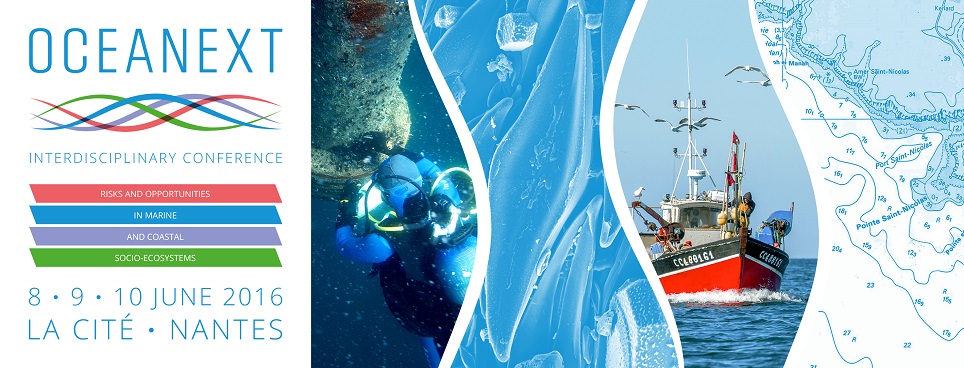Foresight is an collaborative “attitude” which consists in considering a long-term set of possible changes, strategies and future. Foresight has to be placed in the field of collective action and in the field of participatory methodology.
In foresight exercises, space is often reduced to a simple localisation support. However, usual applications deal with territory and environment where spatial dimensions are multiple and determinant. It is the reason why géoprospective (“spatial/geographical foresight”) is the geographers proposition to complete the Future studies offering. Space is then simultaneously an agent of changes and a subject of conjecture. Recent géoprospective works have mostly permitted to develop spatially-explicit tools to simulate scenarios. It raises new issues about modalities of the public participation to the simulation or about the integration of non-quantifiable and spatial parameters.
Thus, géoprospective is not a stabilised process and our proposition is to test it. An application to Bay of Biscay fisheries presents a triple interest. First of all, stakeholders participation to fisheries science and management has an increasing value. The research can be based on this social demand and can help the fishermen communities empowerment. Then, decision-support tools are generally simulation tools in fisheries management. Models and drivers are prerequisite. It seems pertinent to re-discuss them and to rethink their use in a governance context. Finally, ocean and sea are fuzzy and 3D spaces. They are less known than continental spaces. So, this work is an invitation to innovate in spatially-explicit methodology. Moreover it contributes to improve maritime and geographical knowledge.

 PDF version
PDF version
